
Avirup Guha: The impact of ADT on physical measures and cardiovascular outcomes in prostate cancer
Avirup Guha shared a post on X, about recent paper published in JACC CardioOncology:
Adiposity and Muscle Strength in Men With Prostate Cancer and Cardiovascular Outcomes.
Authors: Darryl P. Leong, Vincent Fradet, Tamim Niazi, Joseph B. Selvanayagam, Robert Sabbagh, Celestia S. Higano, Steven Agapay, Sumathy Rangarajan, Rajibul Mian, Carlos A.K. Nakashima, Negareh Mousavi, Ian Brown, Felipe H. Valle, Luke T. Lavallée, Bobby Shayegan, Kelvin K.H. Ng, Darin D. Gopaul, Germano D. Cavalli, Sonia Saavedra, Jose P. Lopez-Lopez, Jehonathan Pinthus.

”Prostate cancer and cardio oncology: A new study highlights the impact of androgen deprivation therapy (ADT) on physical measures and cardiovascular outcomes in men with prostate cancer. Let’s dive into the findings!
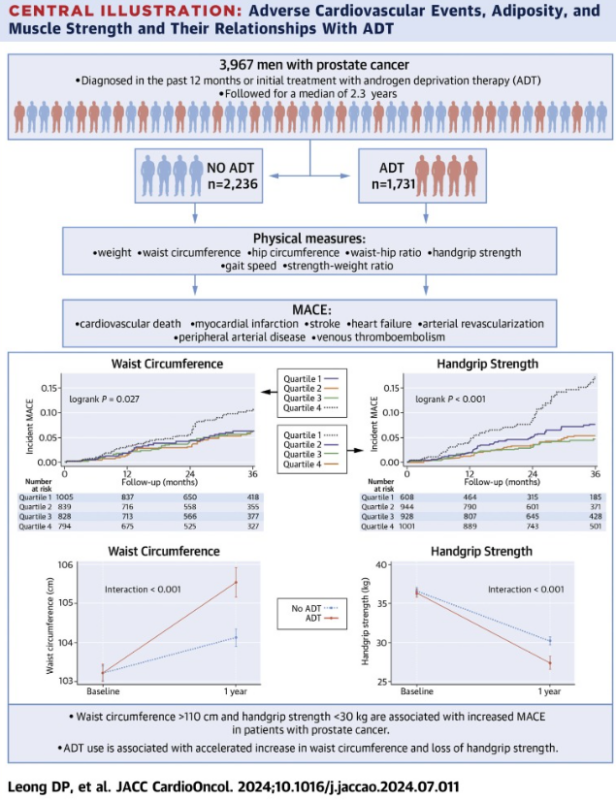
ADT, a standard treatment for advanced prostate cancer, is associated with increased body weight (+1.6%) and waist circumference (+2.2%) after 12 months. This raises concerns about its long-term metabolic effects.

ADT not only increases adiposity but also causes a significant loss in muscle strength. Handgrip strength decreased by 27.4% in patients on ADT, suggesting a risk for frailty and decreased physical function.
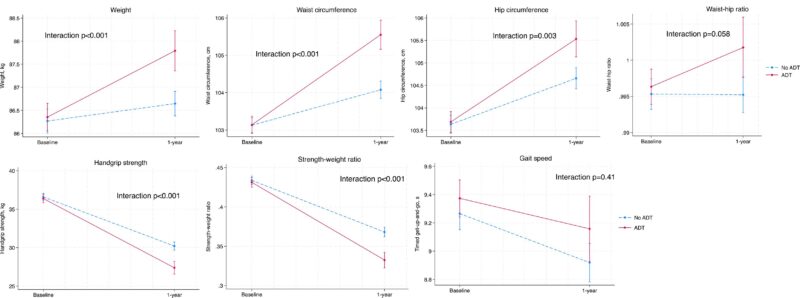
High waist circumference (>110 cm) and low handgrip strength (<29.5 kg) were independently associated with a higher likelihood of adverse cardiovascular outcomes like heart attack, stroke, and heart failure.

These findings emphasize the importance of monitoring both adiposity and muscle strength in men undergoing ADT. Cardiovascular risk management should be a priority in these patients. Read it here.
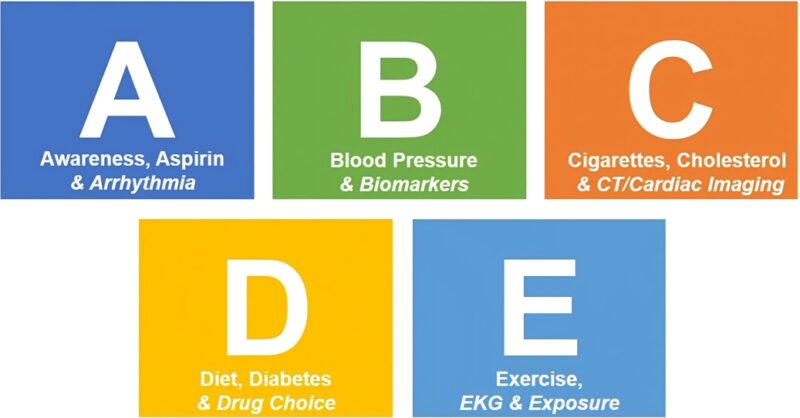
The study also found a 15.6% reduction in the strength-to-weight ratio in non-ADT users, while the ADT group experienced a 26.8% decrease. Muscle weakness and increased fat gain are key concerns.

Multivariable analysis showed that low muscle strength was one of the strongest predictors of future cardiovascular events, even more than waist circumference. This highlights the role of muscle health in cardiovascular outcomes.
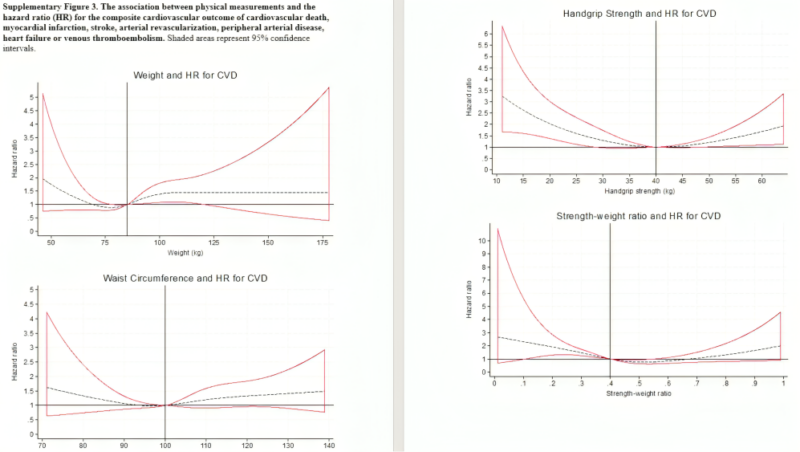
Why does this happen? Chronic low-grade inflammation due to fat gain and muscle loss may explain why ADT patients face a greater cardiovascular burden. Inflammation is a known driver of CVD. Read our review here.
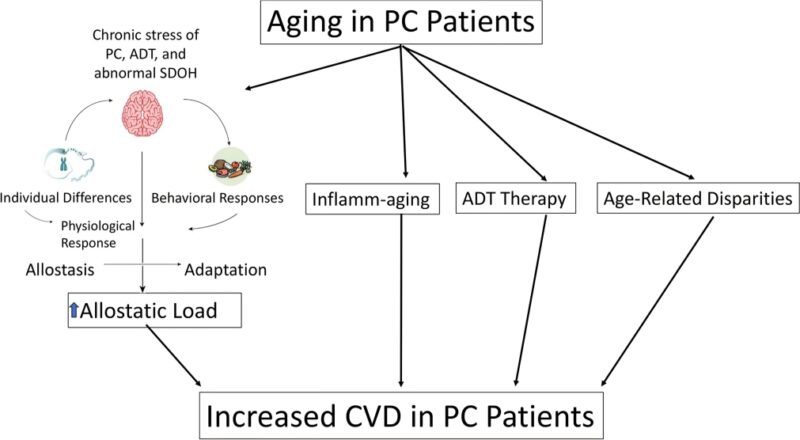
The findings urge clinicians to focus on mitigating cardiovascular risks in prostate cancer patients. Incorporating resistance training and weight management strategies could help reduce the adverse effects of ADT. Protecting cardiovascular health is crucial for improving overall survival and quality of life in patients on ADT.”
Source: Avirup Guha/X
Avirup Guha is the Director of Cardio-Oncology at Georgia Cancer Center and an Assistant Professor of Medicine at the Medical College of Georgia, Augusta University. He also holds adjunct assistant professor positions at The Ohio State University Wexner Medical Center and Case Western Reserve University School of Medicine. His research focuses specifically on disparities in cardiovascular outcomes in men with prostate cancer.
-
Challenging the Status Quo in Colorectal Cancer 2024
December 6-8, 2024
-
ESMO 2024 Congress
September 13-17, 2024
-
ASCO Annual Meeting
May 30 - June 4, 2024
-
Yvonne Award 2024
May 31, 2024
-
OncoThon 2024, Online
Feb. 15, 2024
-
Global Summit on War & Cancer 2023, Online
Dec. 14-16, 2023
